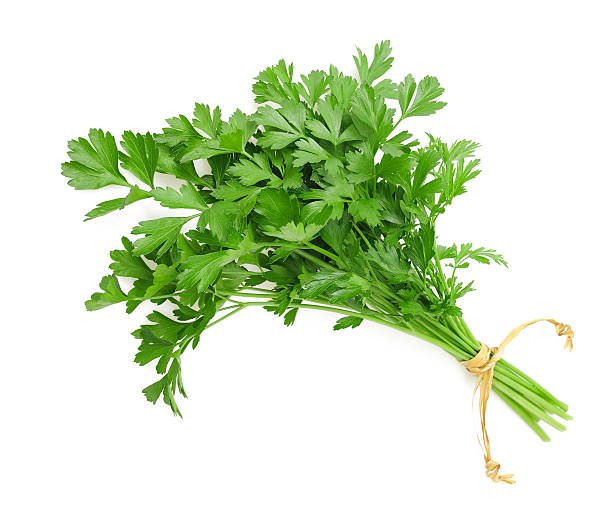Growing coriander, also known as cilantro, in a rooftop garden can be a rewarding experience, offering fresh herbs for your kitchen and a touch of greenery to your urban environment. Here’s a comprehensive guide on how to cultivate coriander leaves on your rooftop.
1. Understanding Coriander
Coriander (Coriandrum sativum) is a fast-growing annual herb that thrives in cool weather. It has two main uses: the leaves are known as cilantro, and the seeds are known as coriander. Both are commonly used in various cuisines around the world.

2. Selecting the Right Containers
Coriander can be grown in various containers, but it’s important to ensure they have good drainage. Use pots or troughs that are at least 6-8 inches deep to allow the roots to grow properly. Ensure your containers have drainage holes to prevent waterlogging.
3. Choosing the Right Soil
Coriander prefers well-drained, fertile soil with a pH between 6.2 and 6.8. You can use a mix of garden soil and compost to provide the necessary nutrients. Adding some perlite or sand can help improve drainage.
4. Sowing the Seeds
Coriander seeds should be sown directly into the soil since they don’t transplant well. Here’s how to do it:
- Timing: Sow seeds in early spring or late summer. In tropical climates, coriander can be grown year-round, but avoid the peak of summer.
- Depth: Plant seeds about 1/4 inch deep.
- Spacing: Space the seeds about 6 inches apart to allow ample room for growth.
5. Watering
Coriander needs consistent moisture to germinate and grow well, but it doesn’t tolerate waterlogged soil. Water the seeds gently after planting and keep the soil consistently moist until the seeds germinate, which usually takes about 2-3 weeks. Once established, water regularly but allow the soil to dry out slightly between waterings.
6. Providing the Right Amount of Sunlight
Coriander prefers a sunny location, but in very hot climates, it benefits from partial shade during the hottest part of the day. Ensure your rooftop garden receives at least 4-6 hours of direct sunlight daily.
7. Thinning and Weeding
Once the seedlings have grown to about 2 inches tall, thin them out to prevent overcrowding. This allows each plant to have enough space and nutrients to grow. Regularly remove any weeds that compete with your coriander plants.
8. Fertilizing
Coriander doesn’t require heavy feeding. A light application of balanced fertilizer or compost tea every few weeks is sufficient. Over-fertilization can lead to more foliage but less flavor.
9. Pruning and Harvesting
Prune the plants regularly to encourage bushier growth and prevent bolting (going to seed). Harvest the leaves when they are young and tender for the best flavor. You can start harvesting when the plants are about 6 inches tall. Snip the leaves from the outside of the plant to allow continuous growth from the center.

10. Managing Pests and Diseases
Coriander is relatively pest-resistant but can be affected by aphids, spider mites, and fungal diseases. To manage pests, use organic solutions like neem oil or insecticidal soap. Ensure good air circulation to prevent fungal issues.
11. Companion Planting
Consider planting coriander with other herbs and vegetables that benefit from its presence. It can deter certain pests and attract beneficial insects, making it a great companion plant.
12. Saving Seeds
If you allow some of your coriander plants to flower and go to seed, you can harvest the seeds for future planting or culinary use. Collect the seeds once they turn brown and dry them thoroughly before storing.
Final Tips
- Rotate Crops: Avoid planting coriander in the same spot each year to prevent soil-borne diseases.
- Successive Planting: Sow seeds every few weeks for a continuous supply of fresh leaves.
- Monitor Weather: Be mindful of weather changes and provide protection during extreme conditions, such as using shade cloth during intense heat or bringing containers indoors during heavy rain.
By following these steps, you can successfully grow coriander leaves in your rooftop garden, adding fresh flavors to your dishes and enhancing the greenery of your urban space. Happy gardening!


Leave A Comment